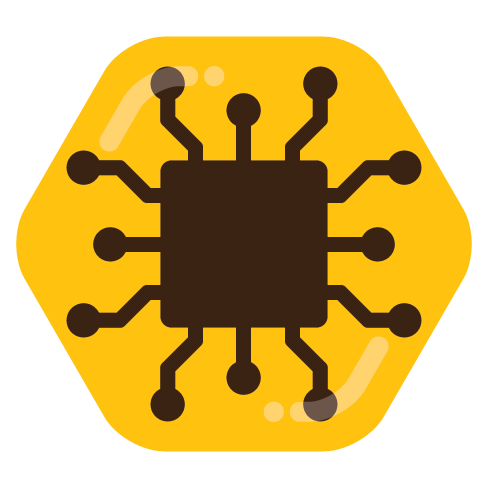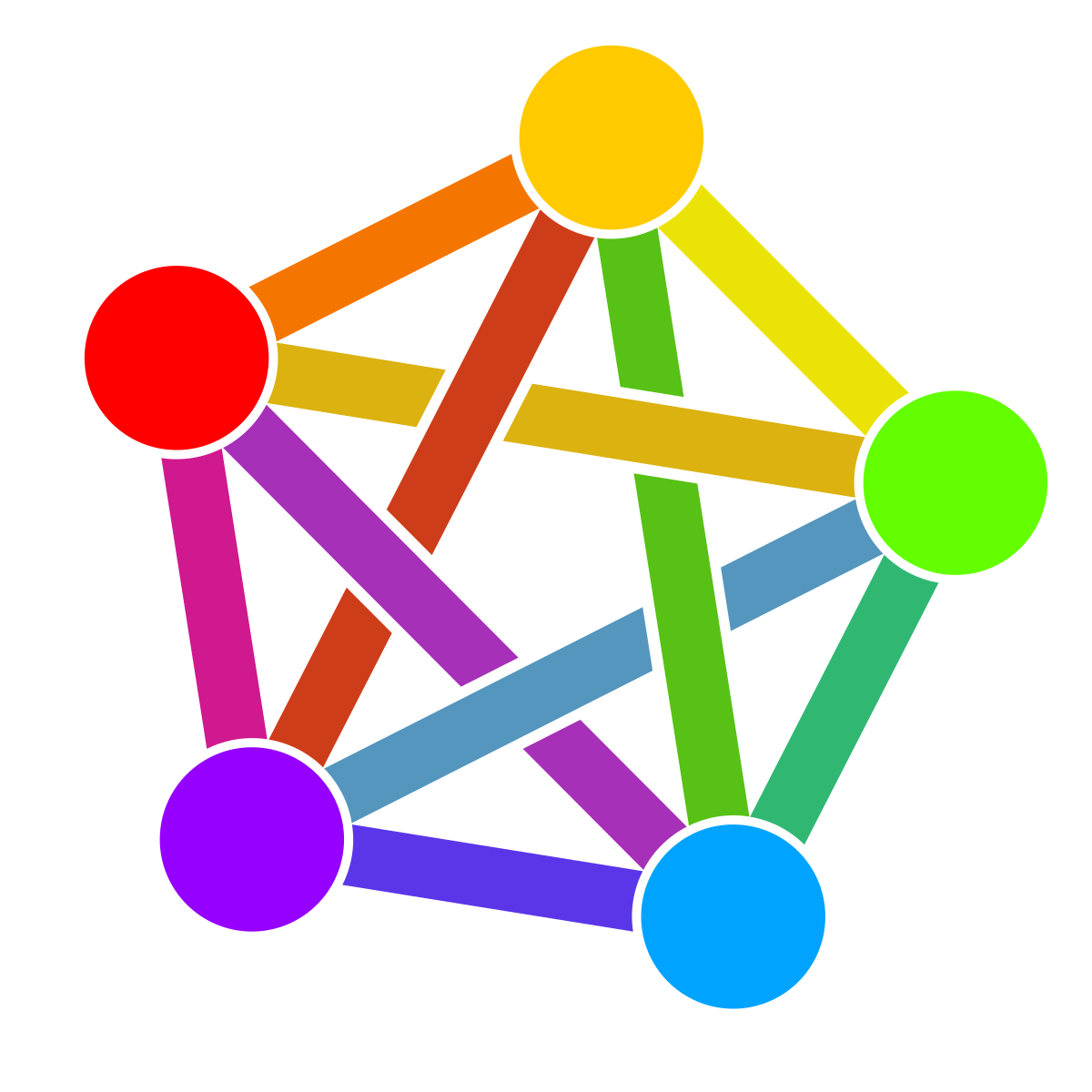I store it in mariadb
- 10 Posts
- 73 Comments
Not self hosted, but I use Windy for general weather predictions, it has some graphs if you click on a city.
If you love graphs meteo.pl has some nice graphs, but they are static, and only for Poland and neighbouring countries. Click meteogram on the top left and zoom in, than click on a red dot. E.g. this is for this week for Warsaw:
https://www.meteo.pl/um/metco/mgram_pict.php?ntype=0u&fdate=2025071006&row=404&col=250&lang=en (I can’t embed this image on lemmy)
Have you checked grafana? Here is a related tutorial: https://ibug.io/blog/2024/01/weather-forecast-with-grafana/
There is a history dashboard where you can change the date and which sensors you want to display: https://www.home-assistant.io/integrations/history/ You don’t zoom but you have to add dates, same 2 sensors look like this there:

But it depends on the sensor if it supports this long term statistics, by default all data is saved only for 10 days, you can change these settings.
If filtering and zooming is the most important aspect for you this may be not the best solution, as this graph displays are not the best. The most powerful feature is that you can add local data sources.
I already use HomeAssistant and it has a nice graph interface, you can add any data you want. Plus I have a zigbee temp and humidity sensor on the balcony, so I can add local data to the one coming from external sources. E.g. here is a temperature graph, blue is the temperature from OpenWeatherMap, yellow is an indoor sensor, my outdoor sensor’s battery died again… It shows daily mean, min and max for the last 30 days:

You can find built in weather integrations here: https://www.home-assistant.io/integrations/?cat=weather
About this graph card on the ui: https://www.home-assistant.io/dashboards/history-graph/
I already use HomeAssistant and it has a nice graph interface, you can add any data you want. Plus I have a zigbee temp and humidity sensor on the balcony, so I can add local data to the one coming from external sources. E.g. here is a temperature graph, blue is the temperature from OpenWeatherMap, yellow is an indoor sensor. It shows daily mean, min and max for the last 30 days:

You can find built in weather integrations here: https://www.home-assistant.io/integrations/?cat=weather
On Arch we have AUR, which is basically this. It doesn’t have this approval workflow, but you can vote for packages. Every package has a maintainer, who is responsible. pacman notifies you before update if a package became unmaintained, and you can apply to become a new maintainer, that’s how I became a maintainer of 2 packages.
Since I started using arch I never installed anything the way you describe, everything is already in the AUR.

 2·3 days ago
2·3 days agoInstall Buster addon, you will never have to solve captchas in the future: https://addons.mozilla.org/en-US/firefox/addon/buster-captcha-solver/
You can add the places with CoMaps, so others may won’t have the same experience as you. All places on OSM were added by other users, they don’t appear automagically. It’s a chicken egg problem, you can help break: restaurants don’t put themself on osm because they don’t know it exist, they don’t know because few people use it, few people use it because restaurants aren’t there.
Here you can read how you can add places with CoMaps: https://www.comaps.app/support/editing-with-CoMaps/
There is one already on AUR: https://aur.archlinux.org/packages/comaps
CoMaps is mostly still the same as organic maps, so if you find a script, build instructions for OM, it should work for comaps as well, just change the source.

 2·3 days ago
2·3 days agoYes!
In early 2008, TECNO focused entirely to Africa following market research, and by 2010, it was among the top three mobile phone brands in Africa
https://en.m.wikipedia.org/wiki/Tecno_Mobile
It’s interesting, they don’t mention this prominently on their website: https://www.tecno-mobile.com/about-us/

 8·3 days ago
8·3 days agoIt now takes Microsoft’s browser less than 300 milliseconds to start rendering the first parts of a website for users,
I use edge only if I set up computers for others, and I don’t want to install firefox for just downloading an installer or something. You have 3 unskippable consent dialogs before you can even type the url, and the no button is on a different position on the dialogs, so you can’t click it through quickly. But I’m really happy these dialogs load more quickly, thank you microsoft for your hard work on making linux a viable alternative to more and more people.

 5·4 days ago
5·4 days agoI’m not following smartphone market very closely nowadays, but this is the first time I heard about this manufacturer
Edit: After some research I found it’s a super budget manufacturer, before 2024 they were selling phones only in Asia and Latin America.

 7·4 days ago
7·4 days agoNice! Crossposted to !civ@lemmy.ca: https://lemmy.zip/post/43406962
This is their current position, they were at the bottom of the hill, similarly on the shore, archive photo:

They were moved between 1960 and 1980, as the Aswan dam’s lake would have flood them: https://en.wikipedia.org/wiki/International_Campaign_to_Save_the_Monuments_of_Nubia
It seems like some local, Canadian problem? I don’t really understand what should show this here. Can you show with a map example what search founds and the result you actually want?
Have you contacted the local community about this? The osm Canada forum seems very active: https://community.openstreetmap.org/c/communities/ca/95 You should ask/report about it here.
Other channels of local communities are listed here: https://openstreetmap.community/?map=45.37903%2C-75.97289&zoom=4.78

 2·7 days ago
2·7 days agoDo you want to import or record?
To import: star button -> import bookmarks and tracks. Then you can just pick it from your file browser. You can’t use it for navigation, it’s just displayed as an overlay.
To record: Hamburger menu -> Record track

 10·7 days ago
10·7 days agoCoMaps has far less features, but that’s the point. Some people love the simplicity, they don’t need all the confusing and overwhelming options of osmand.
Osmand has some performance issues on some devices, but Comaps was generally much more responsive on any device I tried it.
CoMaps has 3d buildings. Its map is very nice, but this is subjective.
CoMaps aims to be fully FOSS, this was not true for its predecessors, OM and Maps.me. Osmand is not fully foss.
If you are perfectly happy with osmand you don’t really need it, but for new users who are only familiar with the very basic interfaces of other commercial map apps, it can be much more welcoming.











This is mentioned at the end of the video, from 13:17. So clickbait, but at least this important new theorem is included